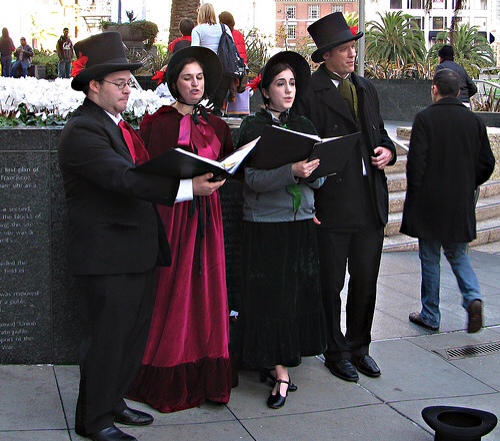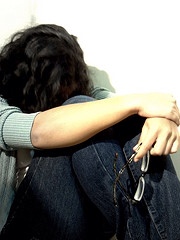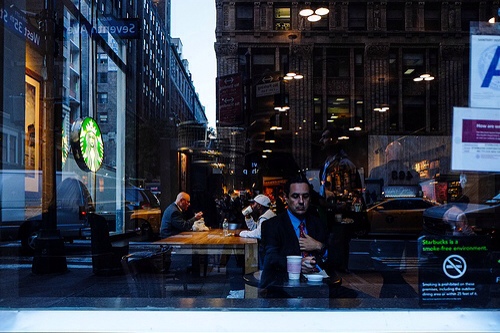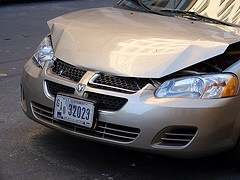Among my favorite classical Christmas pieces that I listen to every year, one of the best is Ralph Vaughn William's Fantasia on Christmas Carols. This piece for soloist and choir combines three traditional English Carols into a retelling of the story of the fall of humankind and the joyous celebration of the Savior's birth. I was lucky enough to sing this piece when I was in choir, and I have a warm feeling remembering both the rehearsals and the performance. Some people find it a bit slow and heavy, particularly at the beginning as the Baritone, accompanied by cello, formally declares the purpose of the piece and resells the story. The language is extremely formal, and probably stuffy for some.
The first thing which I will relateIs that God did man create
The next thing which to you I'll tell
Woman was made with man to dwell
But soon the choirs join in, and the piece starts moving.
My favorite part of the entire piece is in the final movement. Amid sweeping orchestral accompaniment and soaring voices, the men get to sing the final verse.
God bless the ruler of this house and long on may he reignMany happy Christmases he live to see again
God bless our generation who live both far and near
And we wish them a happy, a happy New Year
In so many ways, this encompasses the warmth of the Christmas celebration. Apart from the dated references to a ruler of a house, I love the line “God bless our generation who live both far and near.” The blessings of Christmas are extended for all.
So on this third Sunday of Advent when we celebrate Gaudete! I wish for us all the same thing:
- To live to see many more Christmas times
- To feel God's blessing along with all humankind
- And to have a Happy New Year!
As always, I welcome your comments.
Image: 'A Christmas Carol'
http://www.flickr.com/photos/68187565@N00/4211897997 Found on flickrcc.net









